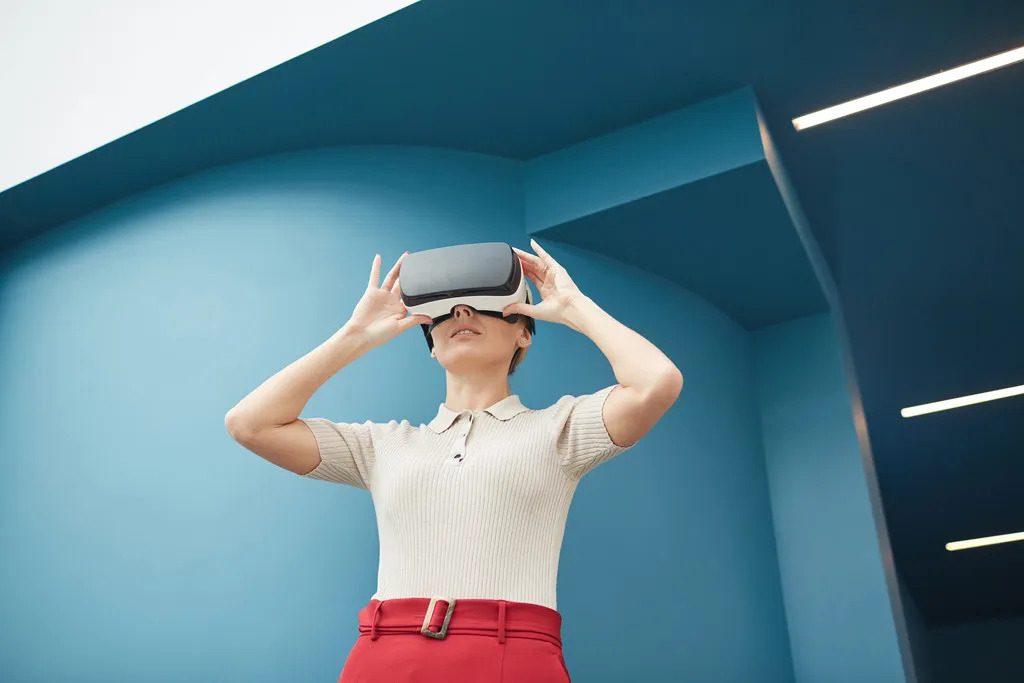
Introduction to This Article:
Virtual Reality (VR) technology has made significant strides in recent years, offering immersive and interactive experiences that transport users to virtual worlds. Additionally, This revolutionary technology has the potential to transform various industries and reshape how we learn, communicate, and entertain ourselves. However, In this article, we will explore the Top 3 VR Keypoints
TOP 3 VR Keypoints – Immersive Experiences:
Virtual Reality provides users with a truly immersive experience, enabling them to feel like they are physically present in a computer-generated environment. Moreover, through the use of headsets and motion-tracking controllers, VR creates a sense of presence and engagement by stimulating multiple senses, including sight, sound, and even touch. Furthermore, VR offers unique opportunities for gaming, storytelling, and simulation-based training.
TOP 3 VR Keypoints – Applications Across Industries:
Unlocking New Possibilities Virtual Reality is not limited to gaming and entertainment; it has found applications across various industries, revolutionizing the way we work and interact with technology. Some key sectors where VR is making a significant impact include:
-
Education and Training:
VR enables immersive and interactive learning experiences, allowing students to explore historical sites, conduct virtual experiments, and practice real-world skills in a safe and controlled environment.
-
Healthcare:
Virtual Reality is being used for medical training, surgical simulations, and pain management techniques. It also offers therapeutic applications for mental health treatments and rehabilitation.
-
Architecture and Design:
VR allows architects and designers to visualize and walk through virtual building models before construction, enhancing collaboration and enabling more accurate design decisions.
TOP 3 VR Keypoints – Potential Challenges and Considerations:
While Virtual Reality holds immense potential, there are several challenges and considerations that need to be addressed:
-
Cost and Accessibility:
VR technology can be expensive, making it less accessible to some individuals and organizations. However, as technology advances and becomes more affordable, this barrier is gradually diminishing.
-
Motion Sickness:
Some users may experience discomfort or motion sickness when using VR due to the disparity between visual and physical movement. However, Design considerations and advancements in hardware can help mitigate these issues.
-
Ethical and Social Implications:
Virtual Reality raises ethical questions around privacy, content moderation, and the potential for addiction. However, Society needs to address these concerns and establish guidelines to ensure the responsible and ethical use of the technology.
Conclusion:
To sum up, Virtual Reality is a transformative technology that has the potential to revolutionize industries, enhance learning experiences, and redefine how we interact with digital content. Furthermore, Its immersive nature and diverse applications make it an exciting frontier for innovation and creativity.
Learn More – Information Courtesy
